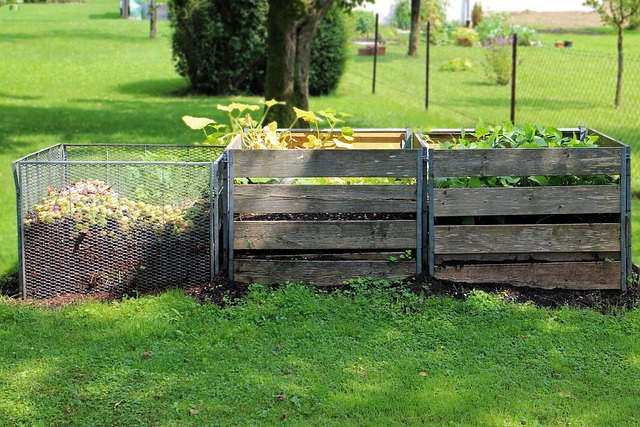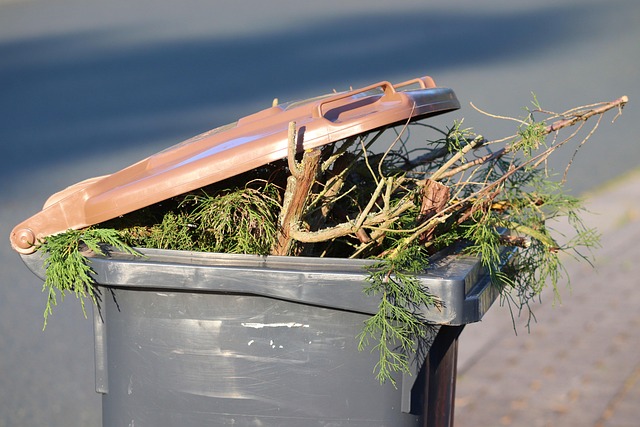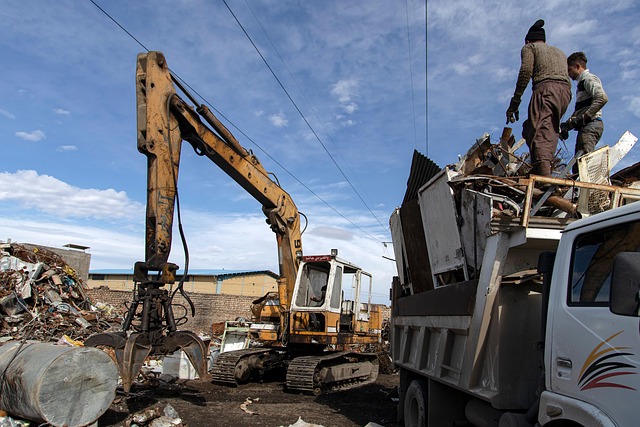Compost for plants has become a cornerstone of modern sustainable gardening, transforming kitchen scraps and yard waste into a nutrient‑rich elixir that revitalizes soil structure and promotes plant vigor. The practice is rooted in ancient traditions, yet it has gained renewed importance as global environmental challenges demand practical, low‑impact solutions. By converting organic matter into a dark, crumbly soil amendment, composting reduces landfill volume, cuts greenhouse gas emissions, and closes the nutrient loop that many conventional farming systems miss.
The Science Behind Compost for Plants
At its core, composting is a controlled microbial decomposition process. As microbes break down plant material, they release nitrogen, phosphorus, potassium, and a suite of micronutrients essential for plant growth. Simultaneously, the organic structure created by partially decomposed fibers improves water retention, aeration, and microbial habitat in the soil. A well‑managed compost pile reaches temperatures between 120°F and 160°F, encouraging the growth of thermophilic bacteria and fungi that accelerate the breakdown of complex carbohydrates.
- Enhanced soil texture reduces erosion and runoff.
- Increased microbial diversity fosters disease resistance.
- Balanced pH helps neutralize alkaline or acidic soils.
Choosing the Right Materials
The effectiveness of compost for plants hinges on a balanced mix of “greens” and “browns.” Greens—rich in nitrogen—include vegetable peelings, fresh grass clippings, and coffee grounds. Browns—rich in carbon—such as dry leaves, straw, and shredded paper, supply the structural backbone of the compost. A ratio of about three parts browns to one part greens maintains aerobic conditions and prevents odors.
“A simple rule of thumb: if the pile smells like wet cardboard, you’re either over‑compacting or missing enough browns.” – Green Thumb Magazine
Environmental Benefits of Compost for Plants
Composting is a powerful climate‑action tool. By diverting organic waste from landfills, it cuts methane—a greenhouse gas 28 times more potent than carbon dioxide—by up to 60%. Moreover, the carbon sequestered in mature compost remains locked in the soil for decades, contributing to long‑term carbon storage. The reduced need for synthetic fertilizers also lessens the energy demands of chemical production and transportation, further lowering a garden’s carbon footprint.
Compost as a Soil Health Catalyst
Adding compost for plants to garden beds or container soil introduces a complex mix of humic substances, bioactive compounds, and a living microbial ecosystem. These elements stimulate root growth, enhance nutrient uptake, and improve the soil’s capacity to buffer against drought. In regions where soil fertility is a limiting factor, even a modest addition of compost can double crop yields over several growing seasons.
- Incorporate 2–3 inches of compost into the top 12 inches of soil.
- Stir or rake to blend thoroughly, then water lightly.
- Repeat annually to maintain a steady microbial population.
Practical Tips for Gardeners
While composting seems straightforward, achieving a high‑quality product requires attention to detail. Start with a well‑ventilated bin or pile that can be turned with a pitchfork or compost aerator. Maintain moisture levels comparable to a wrung‑out sponge; too dry slows decomposition, too wet creates anaerobic pockets. Turn the pile every 1–2 weeks to ensure even oxygen distribution and to accelerate the breakdown of tough fibers.
- Cover the pile with a tarp to retain moisture during dry spells.
- Use a thermometer to monitor internal temperatures.
- Once the material cools to about 70°F, it is ready for use.
Common Mistakes and How to Avoid Them
Even seasoned composters can stumble into pitfalls. Adding animal manure, especially from non‑herbivorous animals, can introduce pathogens or excess nitrogen, leading to a smelly, hot pile that burns plants. Similarly, incorporating plastic, metals, or treated wood should be avoided, as they contaminate the finished product. By inspecting each batch for foreign materials and adjusting the green‑brown ratio accordingly, you safeguard the safety and effectiveness of compost for plants.
Beyond the Garden: Composting in Communities
Urban centers are increasingly adopting community compost programs, turning food waste into a shared resource. These initiatives reduce municipal waste volumes, create local jobs, and foster environmental stewardship among residents. Schools often incorporate composting projects into their curricula, giving students hands‑on experience with life cycles and ecosystem services. When every household, business, and public space participates, the cumulative impact on soil health and carbon sequestration can be profound.
Future Trends in Composting Technology
Technological advancements are streamlining compost production, from heat‑controlled tumblers to smart sensors that track moisture and temperature in real time. Mobile apps now allow users to log their inputs, calculate optimal ratios, and receive turning reminders. Additionally, research into biochar and green manure integration promises even greater soil resilience and carbon capture. As these innovations become accessible, the barrier to entry for composting in diverse settings continues to lower.
Conclusion: A Simple Action, A Big Impact
Compost for plants remains one of the most practical, low‑cost methods to enhance plant health while protecting the environment. By diverting organic waste, enriching soil, and sequestering carbon, composting offers a tangible contribution to climate mitigation, biodiversity, and sustainable agriculture. Whether you manage a small balcony garden or a sprawling farm, integrating compost into your soil management strategy is a step toward a healthier planet and more resilient ecosystems. Embrace the cycle of decomposition, and let compost for plants be the green backbone of your gardening practice.



